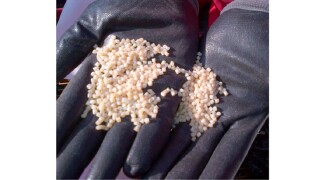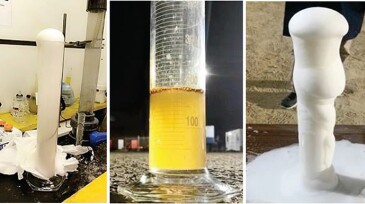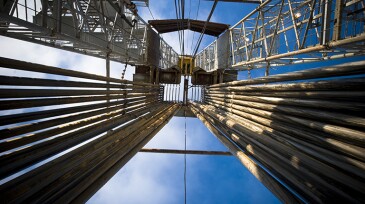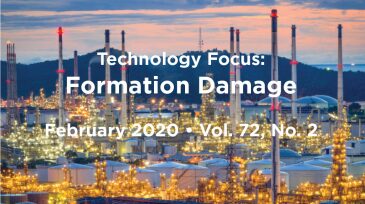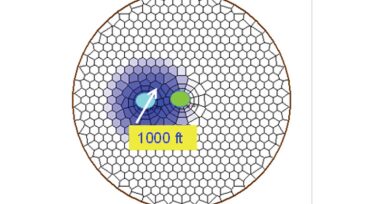Formation damage
This paper describes development of a high-temperature water-based reservoir drill-in fluid using a novel synthetic polymer and customized with optimal chemical concentrations and sized calcium carbonate.
In this case study, a geomechanics-based approach was used to create bridging and sealing at the fracture aperture using a biparticle self-degradable lost-circulation-fluid system.
This study explores enhancing gas production through a novel combination of prestimulation using a coiled tubing unit and high-rate matrix acidizing.
-
This paper presents a novel sandstone-stimulation technique using thermochemical fluids.
-
The obsession with better hydraulic fracturing has steadily pushed on shale production in year one, but the decline remains steep. Chemistry could help explain, and perhaps extend, the short productive life of these wells.
-
The authors of this paper propose a new chemical treatment for efficient remediation of water- or hydrocarbon-phase-trapping damage in low-permeability porous media.
-
Laboratory formation damage testing is often used to help select optimal drilling and completion fluids, but predicting the overall effect of formation damage on well performance requires further interpretation. Paper SPE 199268 presents a case for use of CFD to upscale laboratory data to quantify that effect.
-
Laboratory studies performed for evaluation of filter cake breaker fluid exposed limitations with a conventional test approach.
-
The combined effect of formation and completion damage is the observed well productivity development with associated skin and productivity index. Completion damage has the potential to affect well productivity to the same degree as formation damage.
-
One of the frustrating aspects of well-productivity analysis is identifying the causes of lower-than-expected production/injection during initial well lifetime. Our task is to evaluate the multivariate aspects of well design.
-
For the development of the Dvalin high-pressure/high-temperature (HP/HT) gas field in the Norwegian Sea, a completion scheme using standalone screens is planned.
-
Wells in deepwater reservoirs show significant rate decline with time as the result of various causes. A diagnostic tool for quantification of factors influencing well-productivity decline is presented in this paper.
-
The success of water-conformance operations often depends on clear identification of the water-production mechanism. Such assessment can be complicated significantly when formation damage is also occurring.


